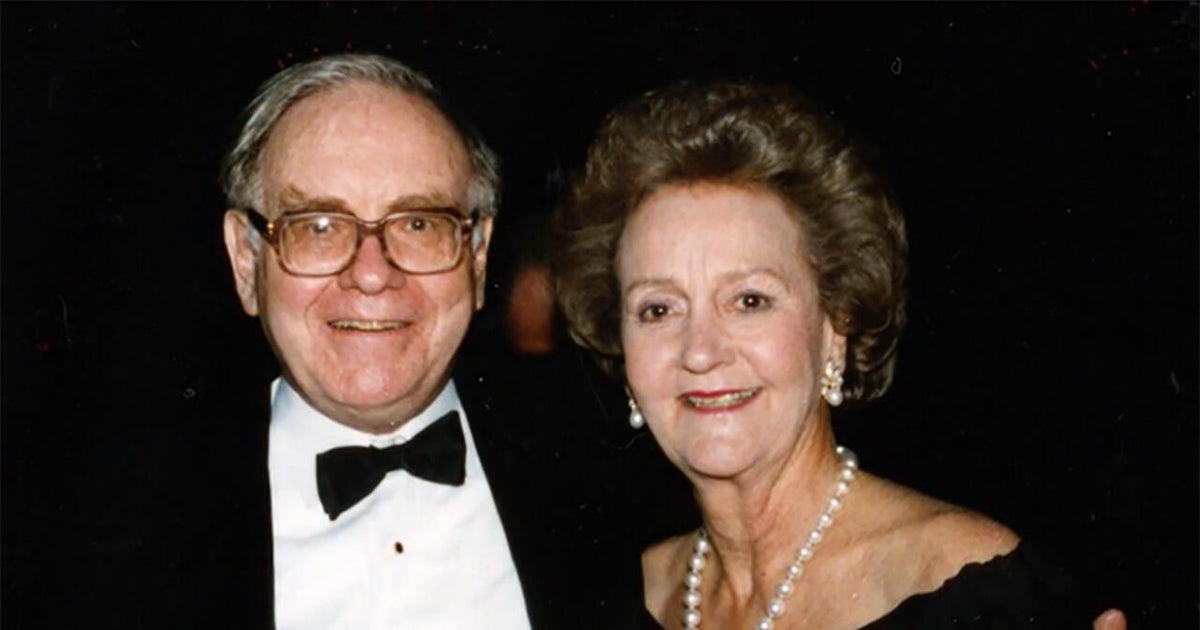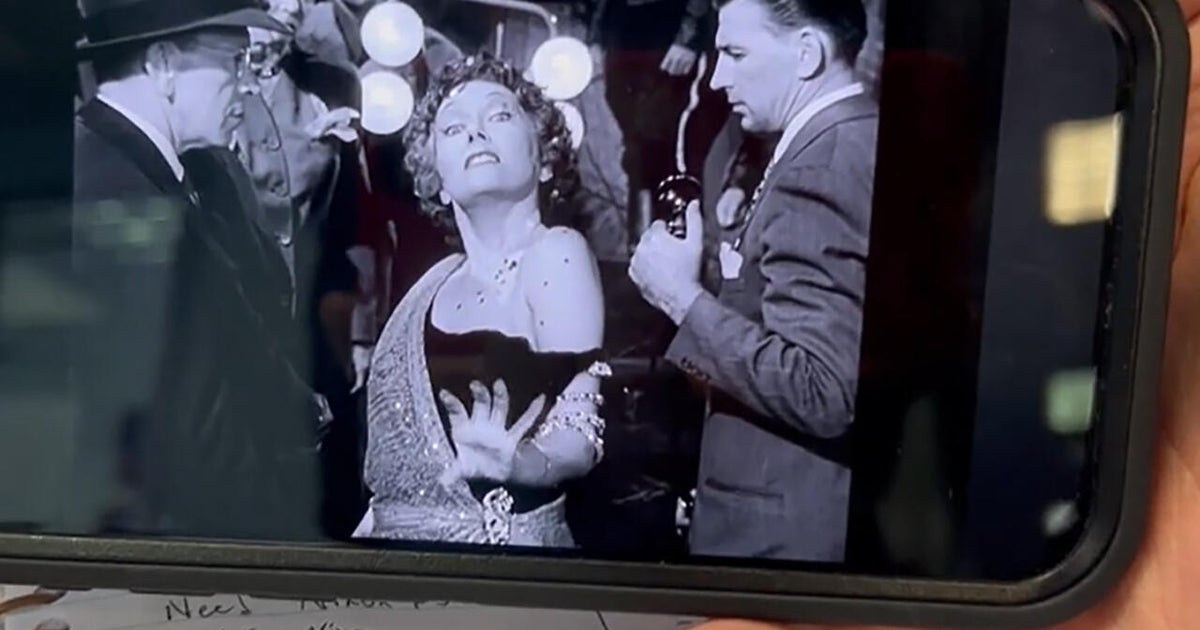Inside the search for tombstones from the Columbian Harmony Cemetery, where 37,000 Black D.C. residents were once buried
Four years ago, Virginia State Senator Richard Stuart and his wife Lisa were exploring their new farm on the Potomac River when they saw something in the water that brought tears to her eyes and made him feel ill.
"Lisa and I looked at each other, and both of us said, is that a headstone? Then we looked, and we saw another and another and another," the lawmaker told CBS News' Chip Reid.
"It was just a horrible feeling to think that this person's headstone was here on our shoreline… and not where it belonged with her body, where her family could grieve and mourn and remember her life," Lisa said.
Since discovering the headstones, Richard said, "we've been working to get them back where they belong."
The couple consulted with historians, who followed the trail of names to the Columbian Harmony Cemetery in Washington, D.C.
For about 100 years starting in the late 1850s, it was the final resting place for 37,000 Black residents of Washington, D.C. Those residents include many of Washington's most prominent citizens, such as Elizabeth Keckley, seamstress and confidante of First Lady Mary Todd Lincoln; Sergeant Major Christian Fleetwood, who received the medal of honor during the Civil War; and Mary Ann Shad, an antislavery activist and America's first Black female publisher.
But how did the tombstones end up 60 miles downriver of the nation's capital?
About 60 years ago the cemetery was sold, and all the headstones were sold or given away as scrap. A previous owner of the farm bought truckloads of them to shore up the riverbank.
Today there is a metro station where the headstones once stood. The only recognition is a plaque that reads: "Many distinguished Black citizens including civil war veterans were buried in this cemetery. These bodies now rest in the new National Harmony Memorial Park in Maryland."
But most were reburied without headstones, so the precise locations of the bodies are lost forever.
There is a long history in America of "dehumanization" of Black cemeteries, according to Michael Blakey, the Director of the Institute for Historical Biology at Williams and Mary College.
"It's an ugly thing. and its ugly because cemeteries are a mark of humanity," Blakey said. "It's casual dehumanization at this point, it's a kind of disregard."
It has a lot in common, he said, with the death of George Floyd.
"The murder of George Floyd, as I see it by Officer Chauvin, was casual. Chauvin clearly did not see Mr. Floyd as a real complete human being," Blakey said.
A Virginia nonprofit called the History, Arts and Science Action Network has taken on the job of recovering as many of the headstones as possible. But it's a monumental task — so far only 55 have been recovered with thousands more believed to be buried in the muck.
Virginia Governor Ralph Northam put $5 million in his budget for the recovery effort, and is working closely with his longtime Republican friend, Senator Stuart.
"There are some things that transcend politics, and this is one," the senator said.
"This wouldn't have happened to a White cemetery, and the fact that it happened in an African American cemetery is wrong, and we need to make it right," Northam added.
That's good news for William Hart, whose grandfather William Henry Harrison Hart — a civil rights champion and a legendary law professor at Howard University — is buried at Harmony.
Though his grandfather's headstone has not yet been recovered, Hart said he would be "overjoyed" if it was.
Hart admits he has every reason to be bitter about what happened, but he said that's just not how he feels.
"The expression of humanity and empathy that I am witnessing around the situation — I am overwhelmed that other people care so deeply about this issue," he said. "And I think that even though this was a tragedy, the fact that people care today brings me great joy."



